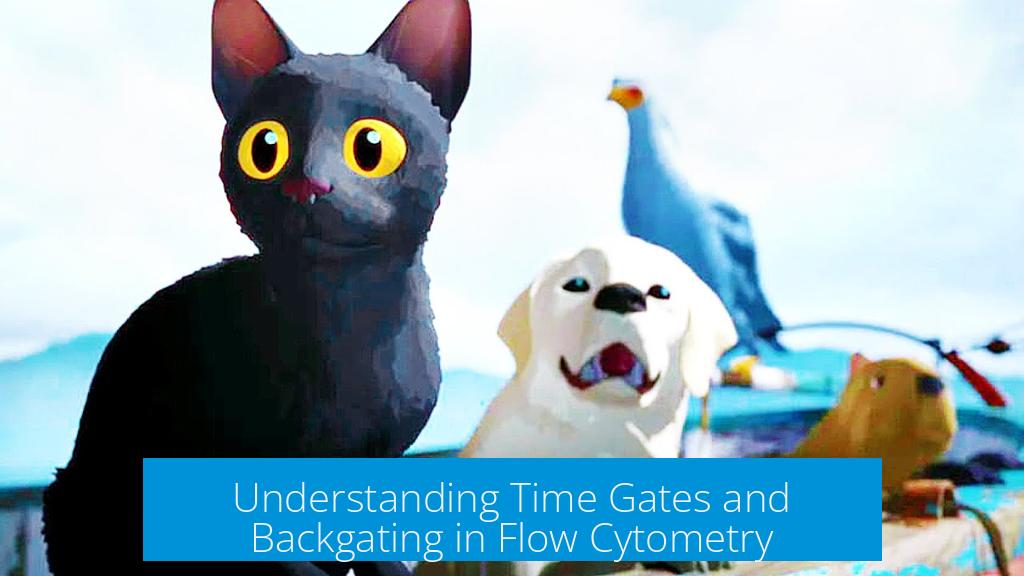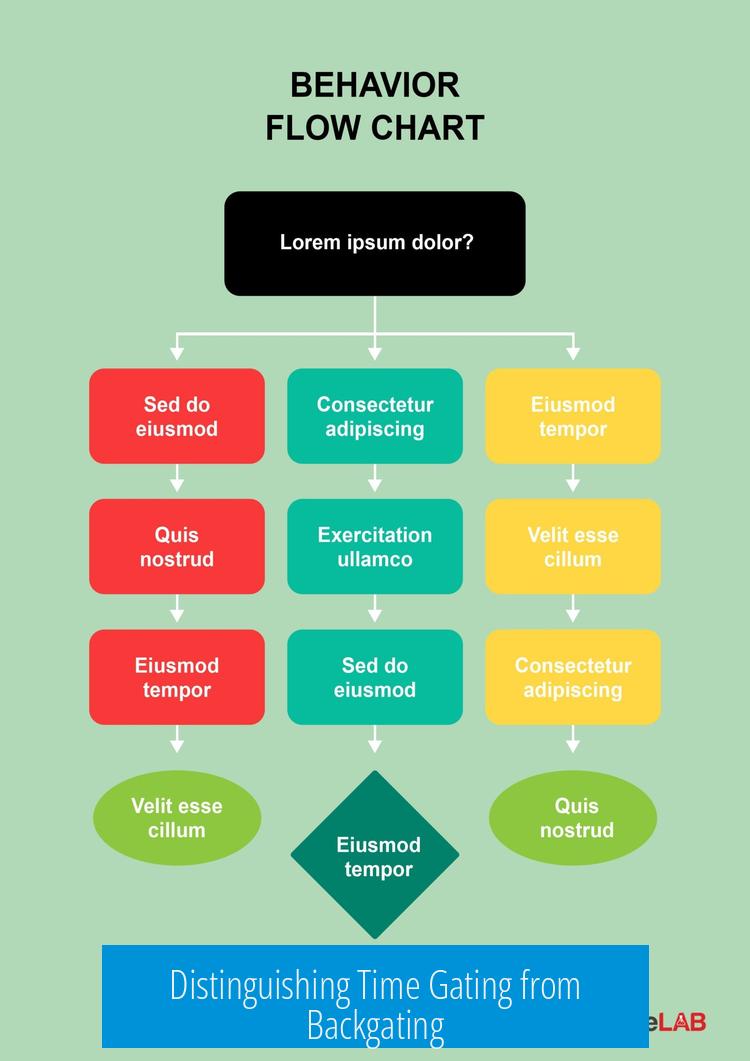Understanding Time Gates and Backgating in Flow Cytometry

The practice described involving different time gates in flow cytometry is primarily a quality control tool to monitor data acquisition fluidics and stability, not traditional backgating. Time gates help track performance over the duration of the sample run, but they do not represent backgating, which is a distinct gating strategy.
The Role of Time Gates
Time gating monitors the consistency of fluidics and laser performance during data acquisition. By plotting parameters against time, operators detect issues such as clogs or air bubbles interrupting sample flow. These disruptions appear as abrupt vertical shifts or jagged lines in the time plots.
- Time gates allow identification and exclusion of problematic data segments.
- They verify stable sample preparation and instrument performance over the run.
- Time gating assesses the sample’s condition as it is being acquired.
Distinguishing Time Gating from Backgating

Backgating involves selecting a population on one plot (e.g., CD3-positive cells) and mapping that same population onto another plot (e.g., FSC vs SSC) to verify gating or explore characteristics across parameters. It is visualization-driven and helps identify overlapping or contaminating populations.
In contrast, time gating tracks data quality over acquisition time rather than cell characteristics across parameters. It is a process control technique rather than a population analysis method.
Interpreting Cell Populations Using Time and Scatter Parameters
Operators may observe cells over time to ensure consistent counts of CD3+ and CD3- populations or verify health status by live/dead markers. Forward and side scatter (FSC and SSC) plots differentiate cell size and granularity, helping distinguish lymphocytes, monocytes, and granulocytes. Cell subsets appear in characteristic locations, such as smaller, less granular lymphocytes at lower FSC and SSC levels. Time gating might show stable acquisition of these populations but does not replace gating strategies that identify cell subsets by markers.
Limitations of Using Time Gates for Gating
Using time gates as a primary gating strategy is ineffective and discouraged. It offers no insights into cell phenotype or function. Rather, it helps monitor acquisition quality and remove artifactual data.
Key Points
- Time gates primarily ensure fluidic and laser stability during acquisition.
- They detect acquisition artifacts like clogs or air bubbles.
- Backgating selects populations across parameters; time gating assesses data quality over time.
- Time gates do not substitute conventional gating for cell population analysis.
- Time gating is a quality control measure, not a cell phenotyping tool.
What is the purpose of using time gates in flow cytometry?
Time gates monitor fluidic stability during data acquisition. They help detect clogs or air bubbles that affect laser performance. They also allow removal of segments with unstable data, ensuring quality control.
Does gating by time represent backgating in flow cytometry?
No, time gating is mainly for quality control over the acquisition period. Backgating involves selecting a population in one plot and examining it in another. Time gating does not serve this purpose.
How does time gating help identify issues during flow cytometry runs?
Time gating shows data stability over the run time. Vertical shifts or jagged lines indicate problems like clogs or laser fluctuations. These can be excluded by gating out “bad” segments.
Can time gating differentiate cell populations like FSC/SSC gating does?
No, time gating tracks acquisition over time. FSC and SSC parameters distinguish size and granularity, used to identify cell types like lymphocytes or granulocytes, which time gates do not address.
Why might time gating be considered a poor method for gating in flow cytometry?
It focuses on run quality, not on biologically relevant cell populations. Using time gates for data analysis can distort results and is seen as an inefficient approach compared to traditional gating methods.





Leave a Comment